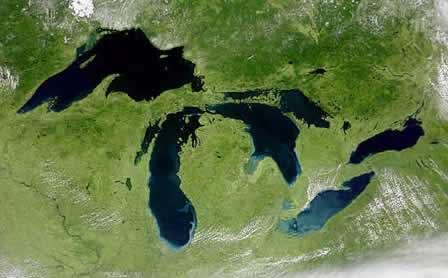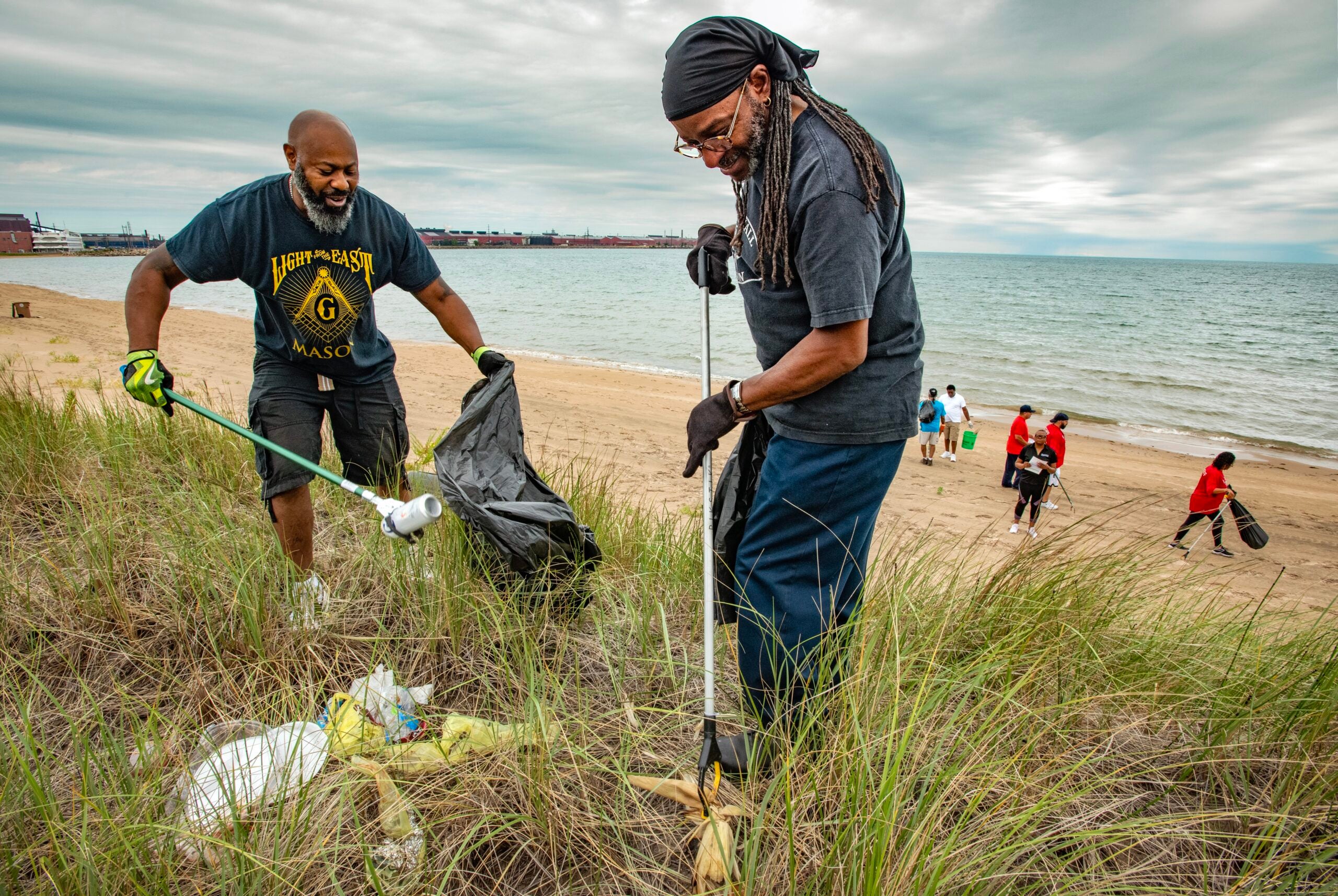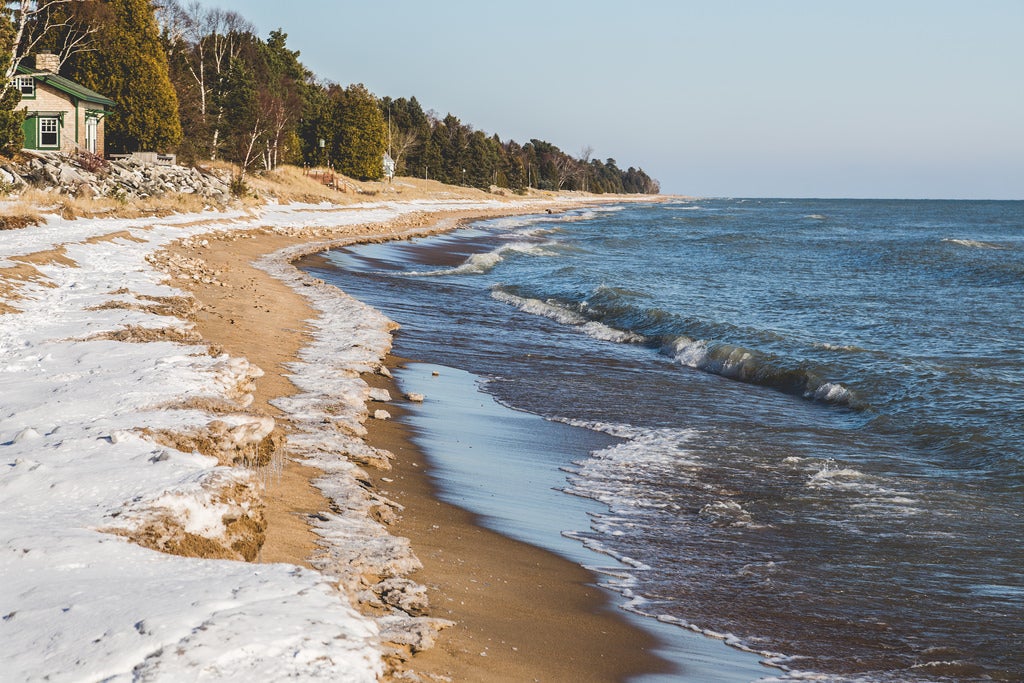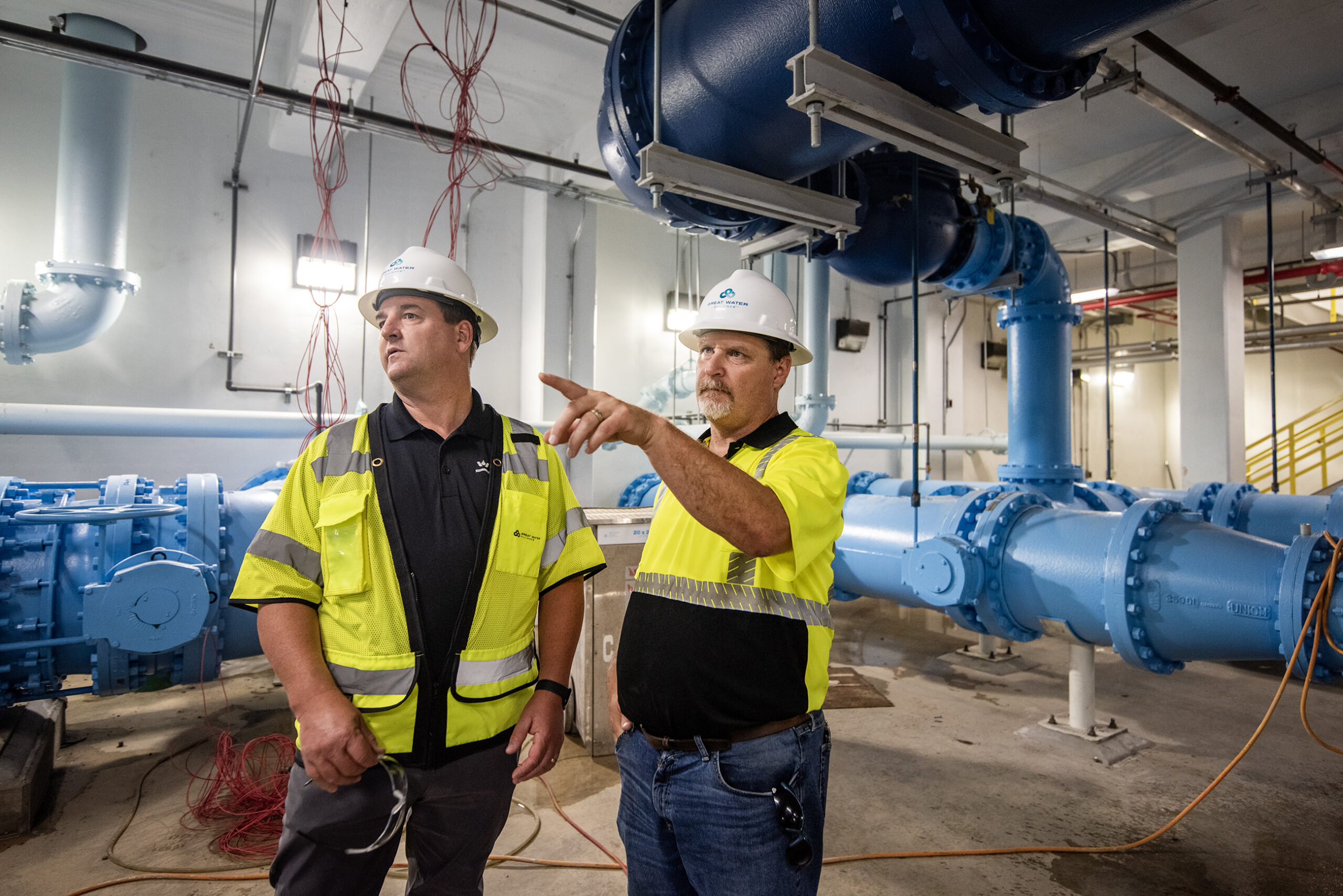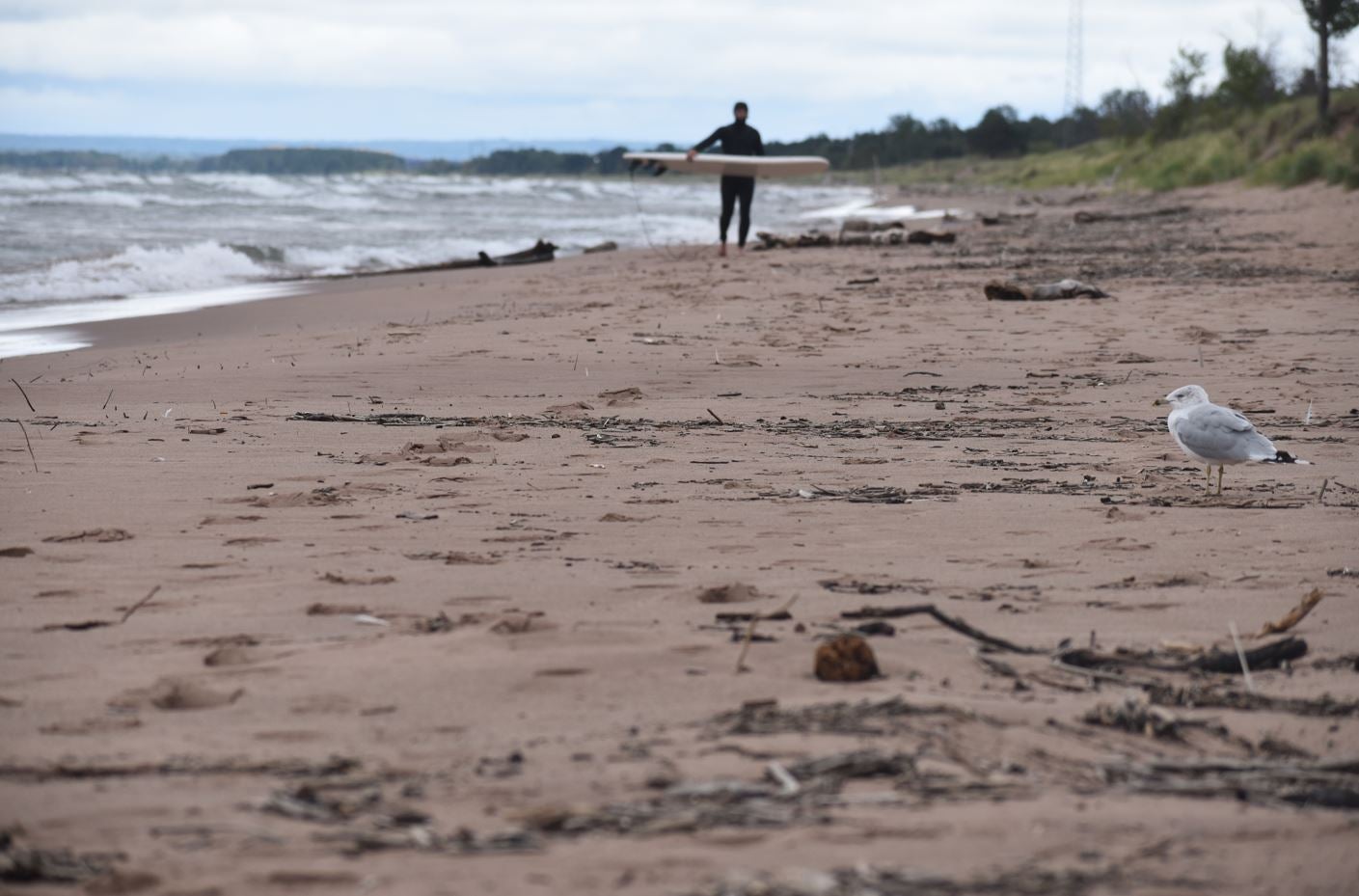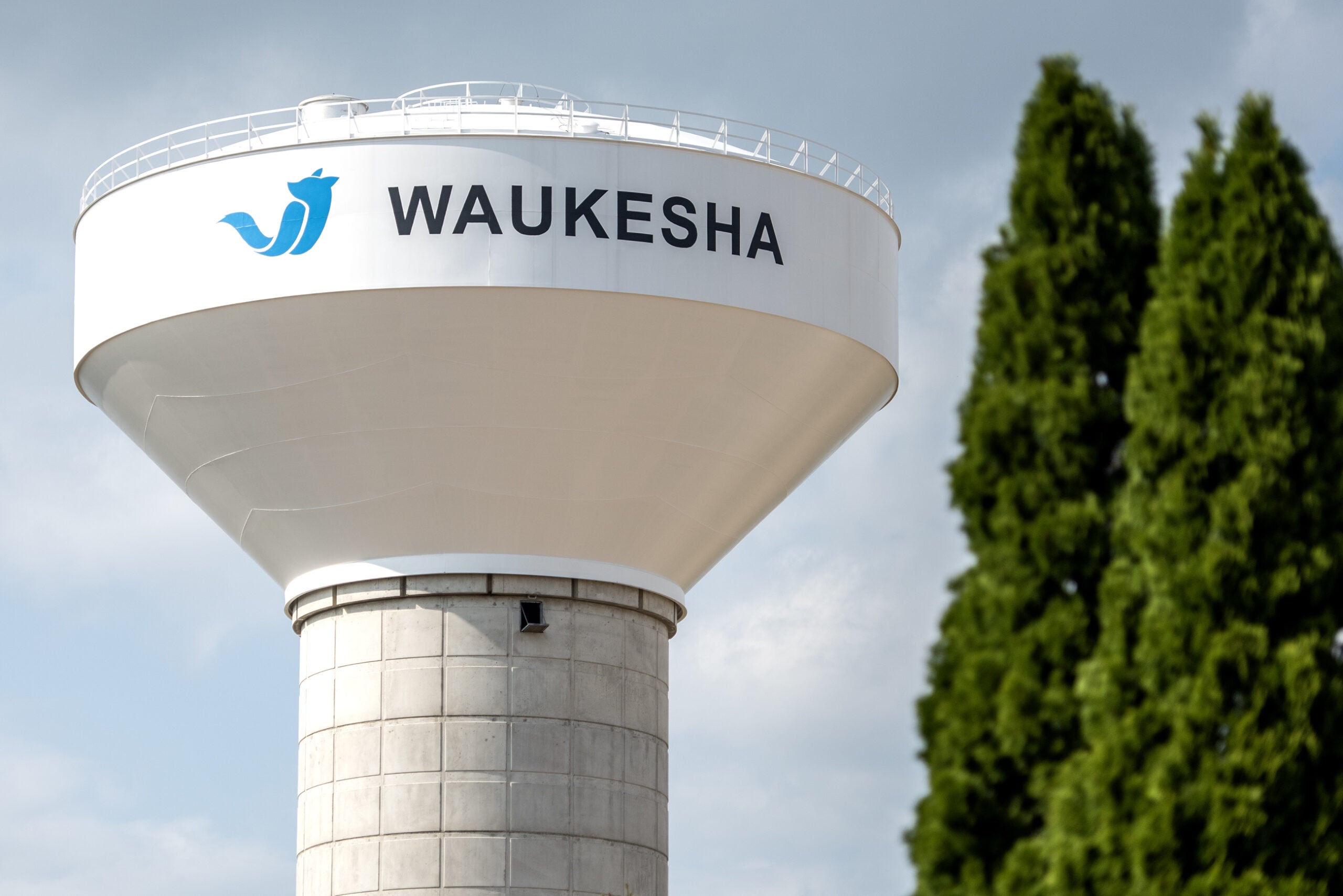A five-year joint U.S.-Canadian study says water levels on the Great Lakes will continue to drop, in part because of changing weather patterns.
Water levels on lakes Michigan and Huron have been at historic lows, and there is not a lot the two countries can do to change that. The report by the International Joint Commission (IJC) does recommend minor limiting of the flow through power plants from Lake Superior, but says there is nothing Lake Superior can do to help raise water levels on Michigan and Huron.
The study does say changes on the St. Claire River like dikes, gates or turbines would slow the water and raise levels on the middle Great Lakes by about 10 inches over 10 years.
Stay informed on the latest news
Sign up for WPR’s email newsletter.
A controversial part of this report involves climate change. IJC science director Ted Yuzyl says weather patterns are different: It isn’t raining as much in the Great Lakes.
“The Great Lakes haven’t been getting the precipitation they used to get as patterns are shifting more to the central part of the continent, and you’re seeing major flooding in the prairies now.”
U.S. Joint Commission chairwoman Lana Pollack didn’t sign the report. U.S. spokesman Frank Bevacqua says Pollack didn’t think it went far enough in addressing climate change issues. “She felt that it’s only a partial solution at best and it might create false expectations and that it could create other problems as well.”
So the future is expected to continue to see more stranded docks, struggling marinas, parched wetlands and shoreline erosion.
The report is not a call for action. Instead, it recommends more study on ways to restore levels on Lake Michigan and Lake Huron.
Correction: The original version of this story quotes an IJC spokesman, Kurt Bevacqua. Mr. Bevacqua’s first name is Frank, not Kurt.
Wisconsin Public Radio, © Copyright 2024, Board of Regents of the University of Wisconsin System and Wisconsin Educational Communications Board.

